Yesterday a federal district court judge in Arizona vacated and remanded the Trump Administration’s “Navigable Waters Protection Rule” (NWPR) which adopted a somewhat narrow definition of “waters of the United States” (WOTUS) under the the Clean Water Act (CWA). This definition is important because it determines the scope of federal regulatory authority under the CWA, including what wetlands are subject to CWA permitting requirements as part of the “waters of the United States.”
The decision by Judge Rosemary Marquez in Pasqua Yaqui Tribe v. U.S. Environmental Protection Agency is merely the latest judicial decision in a decades-long fight over the scope of CWA regulatory jurisdiction. These fights date back to the 1980s, when the U.S. Army Corps of Engineers and Environmental Protection Agency first adopted expansive interpretations of their regulatory authority under the CWA. In the 2000s the agencies suffered two major losses in the Supreme Court (SWANCC and Rapanos), but failed to trim their regulatory ambitions.
The Obama Administration adopted an expansive WOTUS rule in 2015, and it too faced judicial skepticism, but was withdrawn by the Trump Administration in 2019 before reaching the Supreme Court on the merits. The NWPR was adopted in April 2020, and has now been vacated before it was even two years old.
Judge Marquez was aided in her conclusion that the NWPR by the agencies’ acquiescence to many of the plaintiffs’ arguments. Given the switch in adminstrations, the agencies conceded “substantial concerns about certain aspects of the NWPR . . . including whether the NWPR adequately considered the CWA’s statutory objective” and “the effects of the NWPR on the integrity of the nation’s waters.” Such errors, Judge Marquez concluded, were fundamental, substantive flaws” in the rulemaking that required vacatur.
Left unaddressed in the opinion is the fact that such concerns were decisively rejected by Justice Kennedy in his controlling Rapanos opinion. Waters and wetlands must have “significant nexus” to “navigable waters” to fall within the CWA’s ambit, Justice Kennedy explained, cautioning that “environmental concerns provide no reason to disregard the limits in the statutory text.” The Trump NWPR, despite its flaws (which I discussed here), was the first Army Corps and EPA rule to take such limits seriously in over thirty years.
An obvious question is what rule controls CWA jurisdiction now that the NWPR has been vacated. Judge Marquez has asked for further briefing on whether to vacate the 2019 repeal of the Obama WOTUS rule as well. If the WOTUS rule is not reinstated, the Army Corps and EPA would have to resort to the pre-2015 regulations that the Supreme Court found overly expansive in SWANCC and Rapanos (and which, as written, almost certainly exceed the scope of the Commerce Power). This would hardly promote regulatory certainty.
As I noted last week in discussing the latest developments in the Sackett case, whether a given water or wetland satisfies those regulations cannot determine whether it is subject to federal regulation because those regulations exceed the scope of the CWA (and likely exceed the scope of Congress’ enumerated powers as well). This would suggest the agencies are better off making case-by-case determinations as to whether a given parcel is part of the “waters of the United States,” but that is a far more time and labor-intensive process than applying regulatory standards.
Another question is what happens to all of the jurisdictional determinations that were made under the now-vacated rule. One might think that, insofar as the NWPR was arbitrary and capricious, agency determinations that given projects or parcels were not subject to federal regulation would be vulnerable. But not so fast. The agencies have committed to respecting prior jurisdictional determinations for five years once issued.
In addition, under Regents (the DACA decision), those who received favorable jurisdictional determinations would seem to have substantial reliance interests that the agencies would have to consider before seeking to reverse course. As in Regents, the fact that the agency action relied upon may have been arbitrary or unlawful does not matter. Thus I am inclined to think the agencies will respect those jurisdictional determinations issued under the prior rule.
The big question going forward will be how aggressive the Biden Administration chooses to be when it issues a new WOTUS rule of its own. A rule that pushes the boundaries of the Rapanos decision (as the Obama WOTUS rule did) is almost certain to be struck down. An aggressive regulatory strategy could even provoke the sort of harder edged constitutional ruling that the Army Corps and EPA previously avoided. Yet given these agencies’ regulatory histories, I doubt they will take a cautious course.
from Latest – Reason.com https://ift.tt/3gOhVYW
via IFTTT

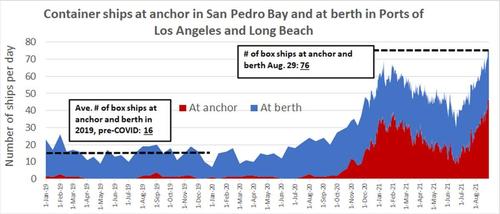
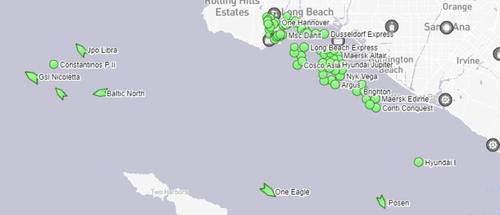


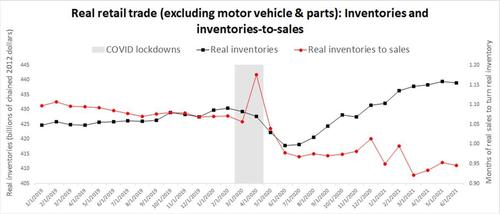
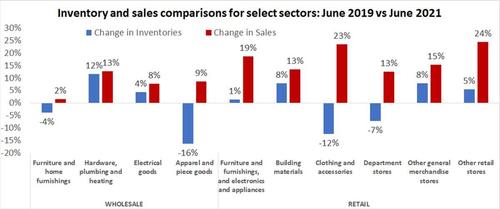



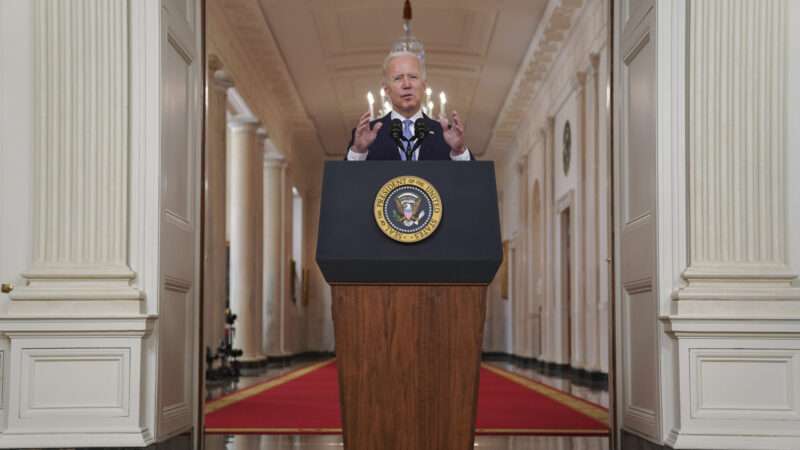

 (@pranksy)
(@pranksy)